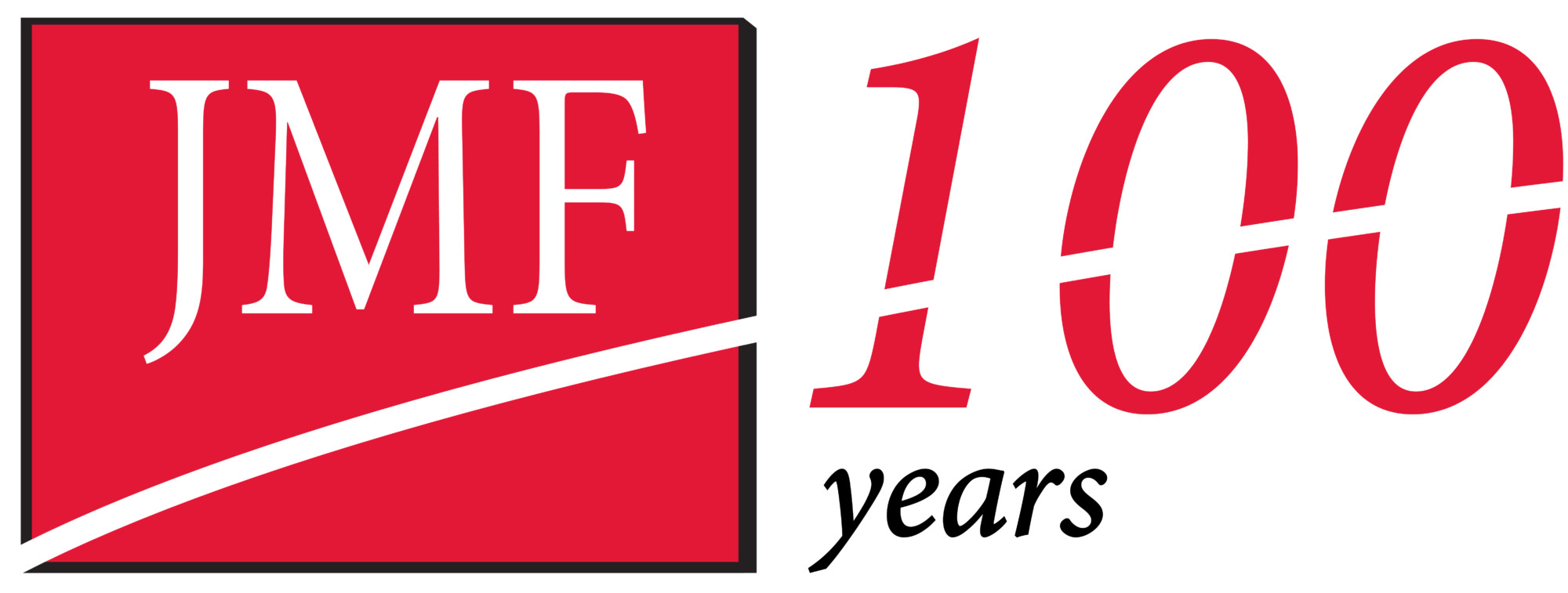On Monday, December 21, Congress passed the Consolidated Appropriations Act, 2021, which is expected to be signed by President Trump in the next several days. This Act provides various forms of COVID-19 related relief, among which are modifications to the Paycheck Protection Program (PPP) loan program, as well as a second round of PPP loans for certain eligible entities. Below is a summary of the Act’s provisions related most business owners and employers:
Changes to Existing and New PPP Loans
- The Act clarifies that PPP loan forgiveness shall be excluded from taxable income, and that no deduction shall be denied for expenses used in PPP loan forgiveness, making PPP loan forgiveness completely nontaxable income.
- The definition of eligible expenses for PPP loan proceeds was expanded to include certain software/cloud computing services, expenditures for worker protection and facility modifications (such as PPE) to comply with COVID-19 health and safety guidelines, and expenditures to certain essential suppliers.
- The Covered Period time frame when the borrower can use the PPP funds was made more flexible, allowing the borrower to choose the end of their Covered Period, which can be any day between 8 and 24 weeks after they received their PPP loan.
- The forgiveness process for PPP loans up to $150,000 was simplified, only requiring that the borrower submit a one-page signed certification statement, to be released by the SBA by mid-January 2021.
- EIDL loan advances will no longer be deducted from PPP loan forgiveness.
New PPP Second Draw Loans
- Generally, in order to be eligible for a PPP Second Draw Loan, the borrower must meet the following criteria:
- Does not have more than 300 employees.
- Have used or will use the full amount of their first PPP loan.
- For the first, second, or third quarter of 2020, had at least a 25% reduction in gross receipts compared to the same quarter of 2019.
- 501(c)(6) nonprofit organizations are included as eligible entities as long as they meet the above criteria and do not receive more than 15% of its receipts from lobbying activities, and lobby activities do not exceed $1,000,000 annually.
- For most borrowers, the maximum loan amount calculation will be the same as the first PPP loan, with the following exceptions:
- The maximum loan amount cannot exceed $2,000,000 (instead of $10,000,000 for the first PPP loan).
- Borrowers assigned a NAICS code beginning with 72 (Accommodation and Food Services) will use 3.5x their average 2019 monthly payroll costs (instead of 2.5x for the first PPP loan and all other borrowers).
Changes to Payroll and Tax Relief provisions
The Act extends the period for the employer credit for paid sick and family leave provided by the Families First Coronavirus Response Act (FFCRA). Employers may now take the credit for qualified wages paid through March 31, 2021.
The Employee Retention Credit originally provided in the CARES Act has been expanded by the Act to include the following:
- Extends the period for employers to take the Credit based on qualified wages paid through June 30, 2021.
- Beginning with first quarter 2021,
- Credit of 70% of up to $10,000 in qualified wages per quarter per employee is allowed.
- The gross receipts decline of an eligible employer for the prior quarter is 20% versus the same calendar quarter in the prior year.
- Retroactive to the enactment of the CARES Act, PPP loan recipients are no longer ineligible to receive the credit. If deemed an eligible employer, the Retention Credit can be taken for qualified wages paid that are not included in the costs used for PPP loan forgiveness. The retroactive credit can be reported on the 4th quarter 2020 Form 941.
The Act also extends the repayment period of the Employee Payroll Tax Deferral through December 31, 2021.
This is just a brief overview of some of the key provisions of the ACT. Please consult with your JMF professional business advisors concerning your individual situation or use the PPP@jmf.com email address.
If you are looking for any more information about the PPP or other COVID-19 related relief, they can be found on our COVID-19 Resources Page. On that page, we have attempted to aggregate a lot of different federal, state and local resources that might be valuable to you, your employees or your business. Also, you might be interested in this Tax Briefing of the Consolidated Appropriations Act 2021 from CPAmerica and its informational partner Wolters Kluwer.
Also, in case you missed it, here is the link to the JMF 2020 Year-End Tax Letter.







Leave A Comment
You must be logged in to post a comment.